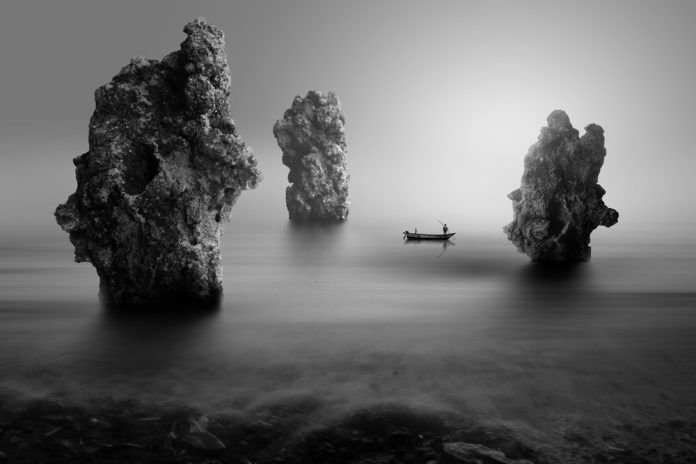In a world filled with ultra-vibrant colors and eye-popping filters, black and white photos stand apart. They feel different. They feel intentional. And often, they feel timeless. That’s the power of monochrome photography—it invites the viewer to slow down, lean in, and feel more.
Many photographers, both new and experienced, are drawn to color first. It makes sense. Color is immediate. It grabs attention. But if you’ve never shot in black and white, or haven’t done it in a while, you might be missing out on one of photography’s most powerful creative tools.
I’ve come up with seven reasons why you should consider shooting in black and white. Whether you’re refining your eye or rediscovering your creative spark, monochrome photography can help you see the world—and your subject—in an entirely new light.
Table of Contents
- Monochrome Photography Strips Away Distractions, Revealing the Essence
- Emphasizes Light, Shadow, and Contrast
- Monochrome Photography Enhances Mood and Emotion
- Highlights Texture and Detail
- Monochrome Photography Encourages Stronger Composition
- Creates a Timeless Aesthetic
- Monochrome Photography Fosters Creativity and Personal Style
- FAQ
Monochrome Photography Strips Away Distractions, Revealing the Essence
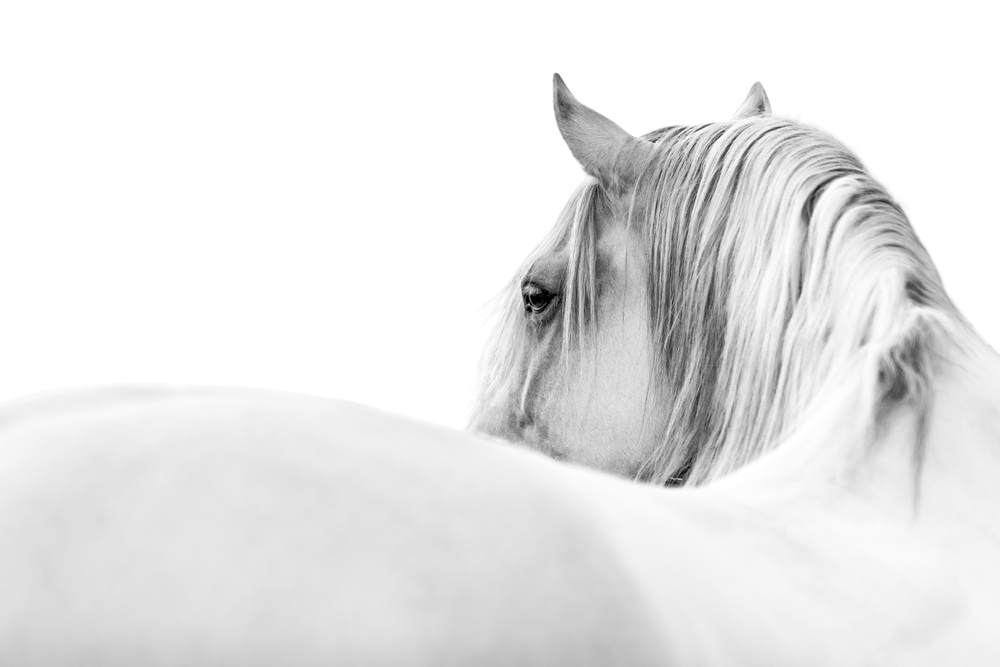
Photo by PIC Femke Ketelaar via Shutterstock
One of the biggest benefits of monochrome photography is that it eliminates the noise of color. Colors can be beautiful, but they can also be distracting. Sometimes, they pull attention away from your subject or the story you’re trying to tell.
In black and white, your viewer focuses on the elements that matter—emotion, shape, form, and light. The eye isn’t bouncing from one color to the next. Instead, it’s guided through the image in a more intentional way.
This clarity helps bring out the true essence of your subject. Whether it’s a portrait, landscape, or urban scene, the lack of color creates a kind of purity that’s hard to ignore. It forces both the photographer and the viewer to pay closer attention.
That’s what makes monochrome photography feel so powerful. It doesn’t shout. It speaks with purpose.
Emphasizes Light, Shadow, and Contrast
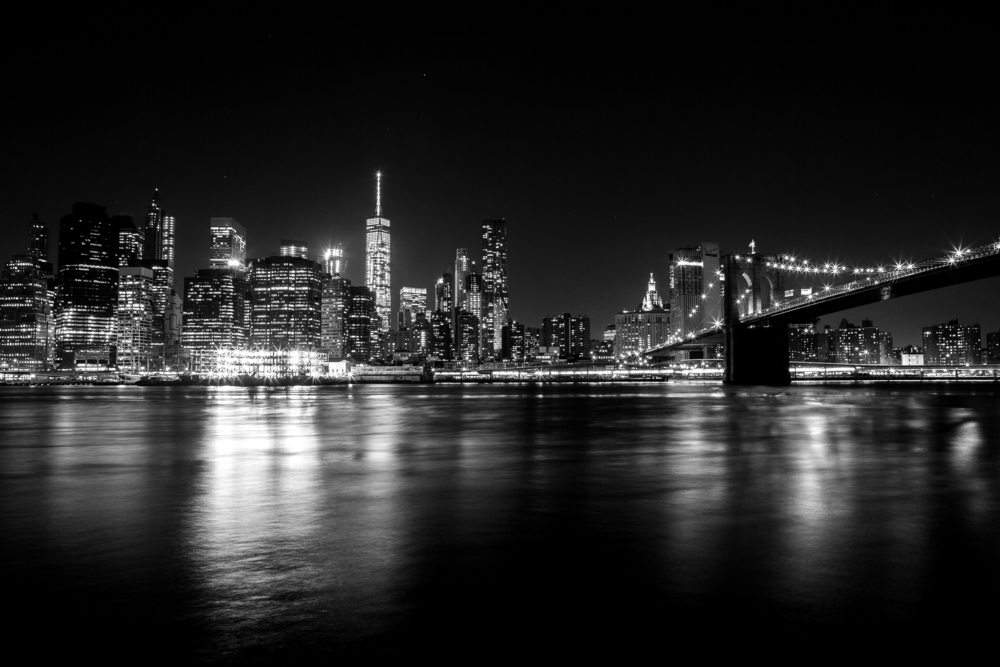
Photo by Will Rodrigues via Shutterstock
Monochrome photography is all about light. Without color, light becomes your most important tool for shaping mood and guiding the viewer’s eye.
Strong contrasts between light and shadow create drama and intensity. Soft, even lighting can feel calm and introspective. This makes black and white photography perfect for exploring the full emotional range of an image.
As a photographer, learning to see in light rather than color is a skill that will improve all your work. You start noticing how light wraps around a subject, how shadows carve out depth, and how highlights can be used to focus attention.
If you want to better understand light, shoot in black and white. Monochrome photography teaches you how to paint with brightness and darkness.
Monochrome Photography Enhances Mood and Emotion
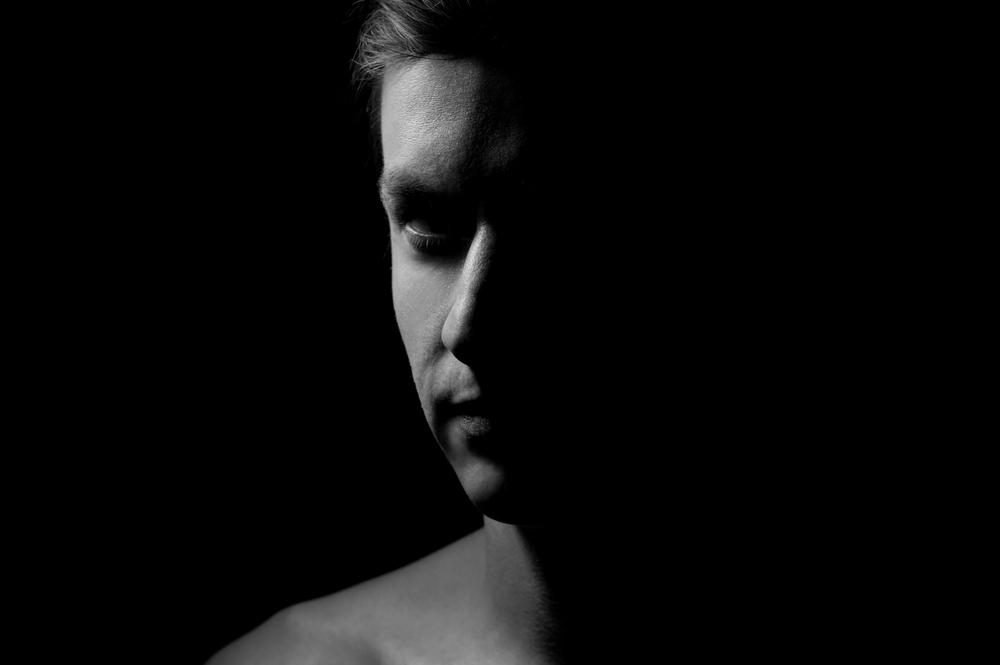
Photo by AarenGoldin via Shutterstock
There’s something about black and white that just feels more emotional. Maybe it’s the simplicity. Maybe it’s the history. Either way, monochrome photography often connects on a deeper level than color.
Without the influence of color, emotions feel raw and honest. A black and white portrait, for example, can reveal more about a person’s soul than a color version ever could. You see the worry in their brow. The spark in their eyes. The lines that tell their story.
Monochrome also leaves room for interpretation. A moody sky doesn’t have to be blue to feel stormy. A quiet street doesn’t need golden light to feel nostalgic. This emotional flexibility allows your viewers to connect in their own personal way.
If you want your images to speak from the heart, monochrome photography might be your best language.
Highlights Texture and Detail
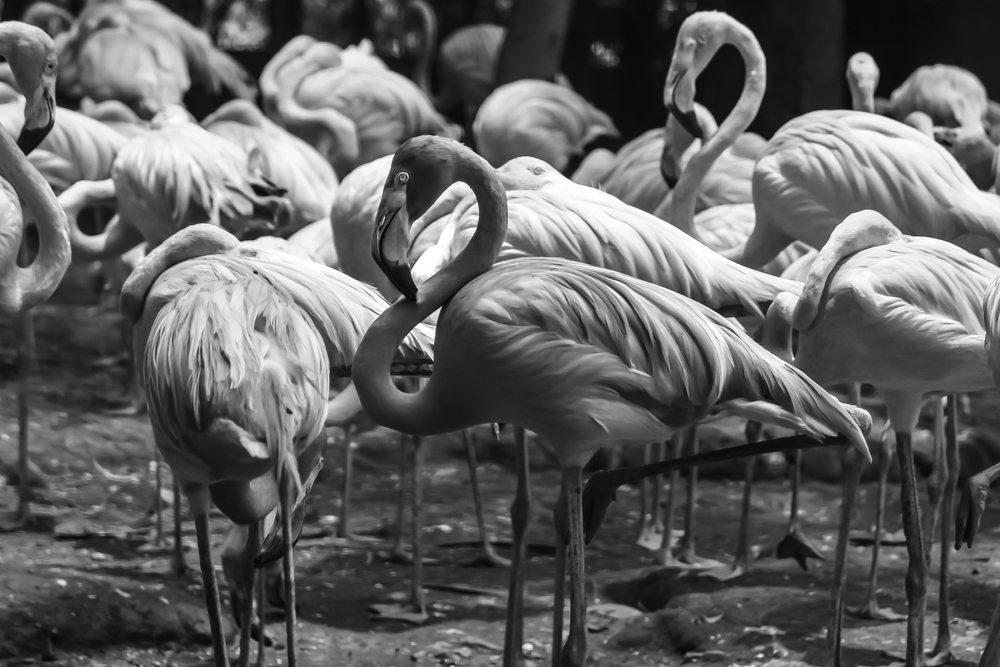
Photo by Kartik_Bagrecha via Shutterstock
In color images, texture can be overlooked. But in monochrome photography, it takes center stage. With nothing to distract the eye, every detail becomes more noticeable.
Textures like tree bark, crumbling walls, aged skin, or flowing fabric become beautifully rich in black and white. You can almost feel them through the screen or print.
This makes black and white ideal for certain genres—like macro, street, or architectural photography—where detail and surface matter. The textures tell their own stories.
When you want to highlight the tactile quality of a subject, monochrome photography gives you the tools to do it beautifully.
Monochrome Photography Encourages Stronger Composition
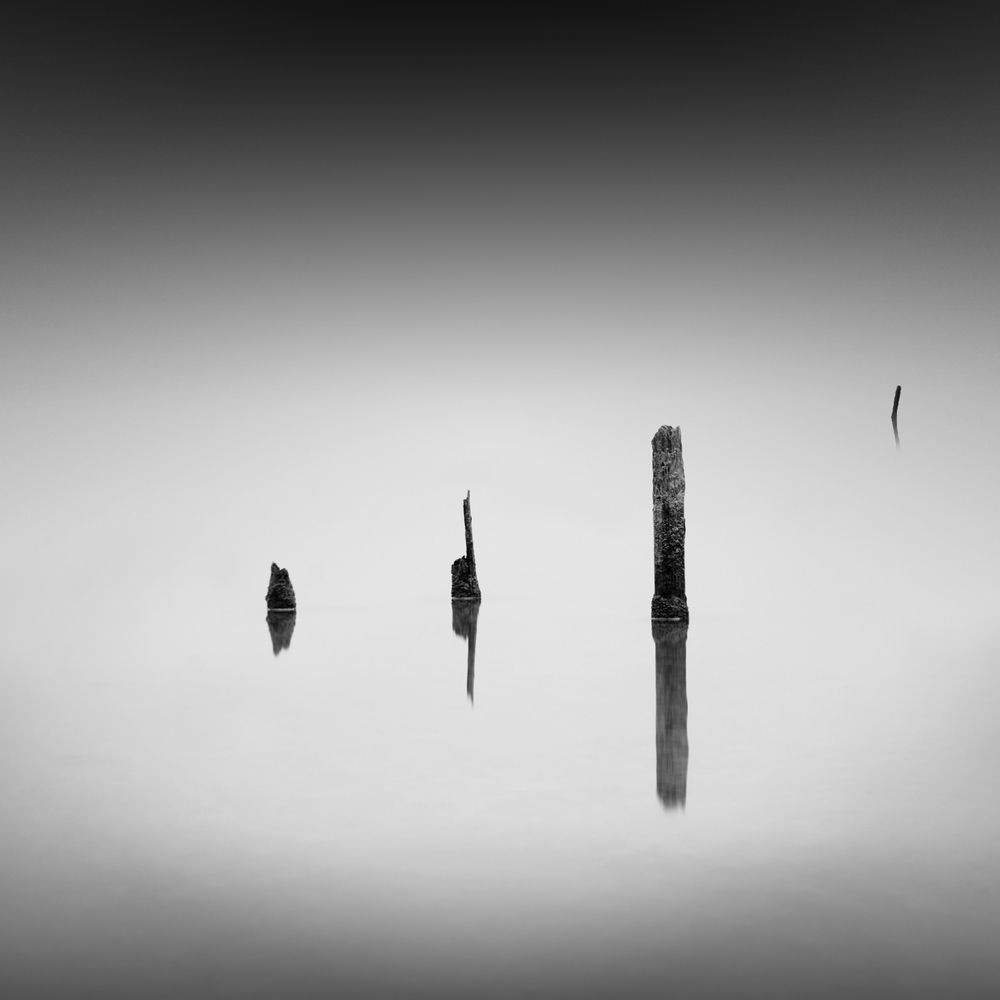
Photo by xredix via Shutterstock
When color is gone, composition becomes even more important. Lines, shapes, negative space, and balance are no longer supported by vibrant hues. They must stand on their own.
This pushes you to be more deliberate. You start thinking more carefully about where to place your subject, how to use space, and how to lead the viewer’s eye through the frame.
Monochrome photography helps you develop an eye for clean, bold compositions. The rule of thirds, symmetry, diagonals, and leading lines become second nature when color isn’t part of the equation.
It’s like learning photography from the inside out—and your work will be stronger because of it.
Creates a Timeless Aesthetic
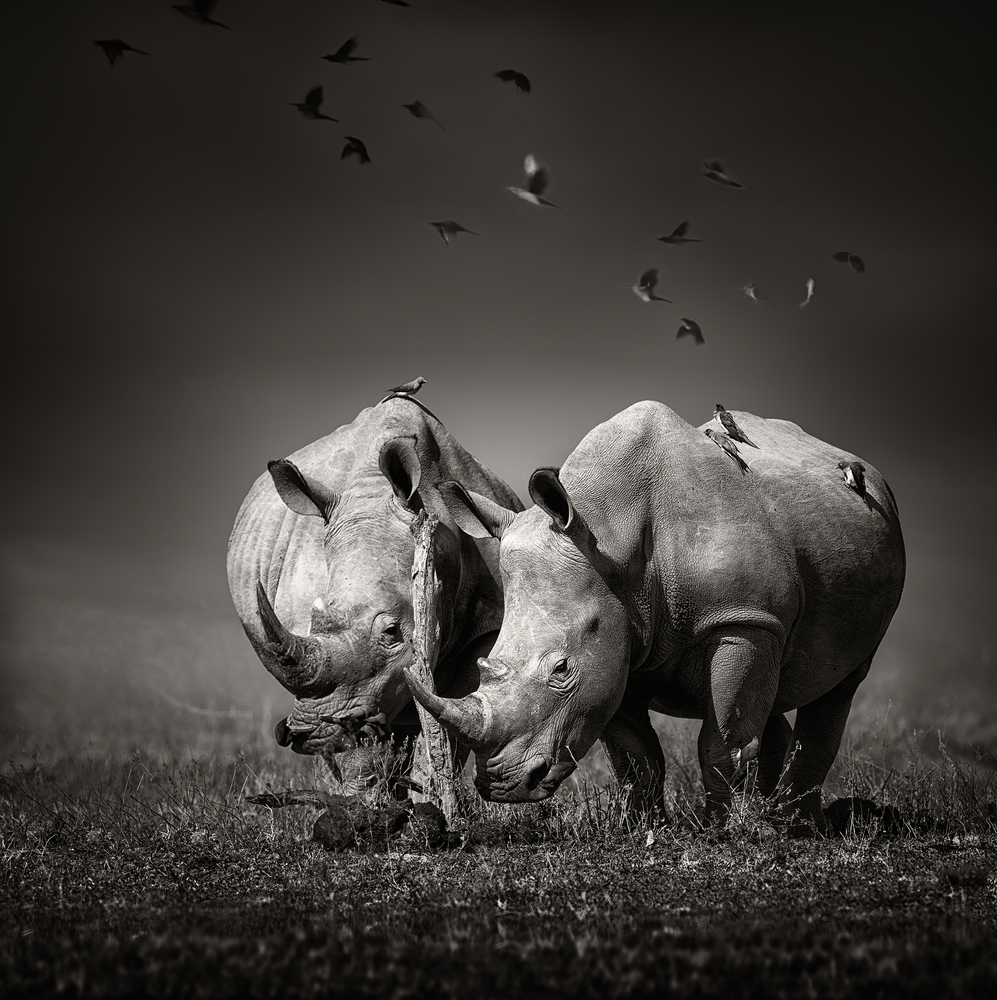
Photo by Johan Swanepoel via Shutterstock
Some of the most iconic photographs in history are black and white. That’s not a coincidence. Monochrome photography has a classic look that never goes out of style.
Without color clues to place an image in a certain time period, black and white photos feel ageless. A street scene from 2024 can feel like it’s from 1954. A modern portrait can take on the weight of something much older.
This timeless quality is part of the emotional power of black and white. It strips the image of cultural trends and fads, leaving behind only what’s essential and lasting.
If you want your work to have a long shelf life, monochrome photography is a smart choice.
Monochrome Photography Fosters Creativity and Personal Style
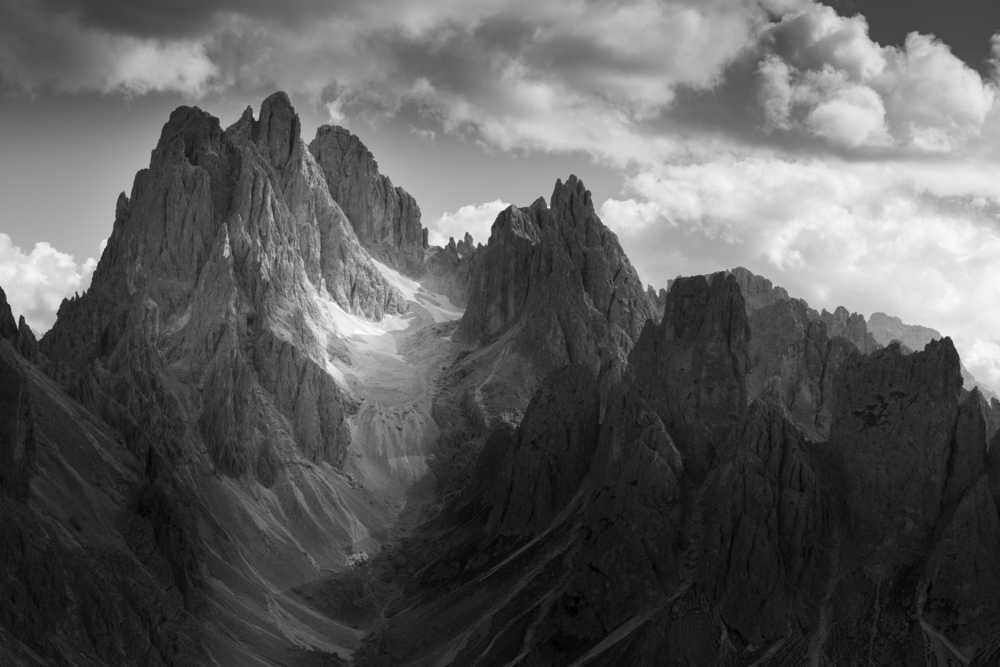
Photo by Tom Tom via Shutterstock
When you shoot in black and white, you’re challenged to think differently. You can’t rely on colorful sunsets or bright wardrobes to make an image pop. You have to be more intentional. More creative.
This challenge is a good thing. It pushes you to experiment with light, contrast, framing, and subject matter. You start seeing scenes in terms of tones and textures rather than colors.
Over time, many photographers discover their unique voice in black and white. There’s something personal and expressive about it that often gets lost in the chase for bold color.
If you’re feeling stuck creatively, a shift to monochrome photography might just unlock a whole new way of seeing the world.
FAQ
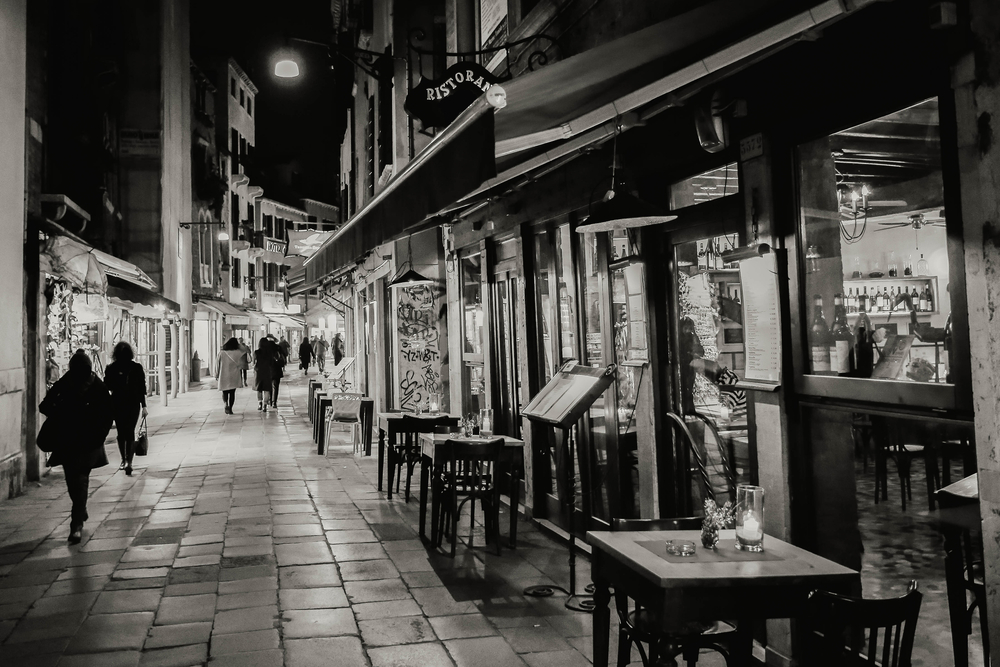
Photo by Freeday via Shutterstock
Is black and white photography better than color?
Not necessarily—it depends on your subject and the story you want to tell. Black and white is better when you want to emphasize emotion, light, and structure.
When should I shoot in monochrome?
Monochrome photography works well in harsh light, emotional portraits, gritty street scenes, and anywhere color might be a distraction.
Can I convert color images to black and white in post?
Yes. Many photographers shoot in color RAW and convert to black and white later. This gives you more control over the tonal range in editing.
Does shooting in black and white help you become a better photographer?
Yes. It forces you to focus on composition, lighting, and emotion—all the fundamentals of good photography.
Is monochrome photography good for beginners?
Absolutely. It simplifies the visual language and teaches you to pay attention to the essentials.
Our articles might have affiliate links and the occasional sponsored content, but don’t sweat it – if you buy something, we get a little kickback at no extra cost to you, and we only hype products we truly believe in!
Learn More:
- Black and White vs. Color Photography: When to Ditch the Color for a Stronger Image
- 11 Examples of Why Black and White Photos are More Elegant at Times
Hero photo by Budi Cc-Line via Shutterstock

